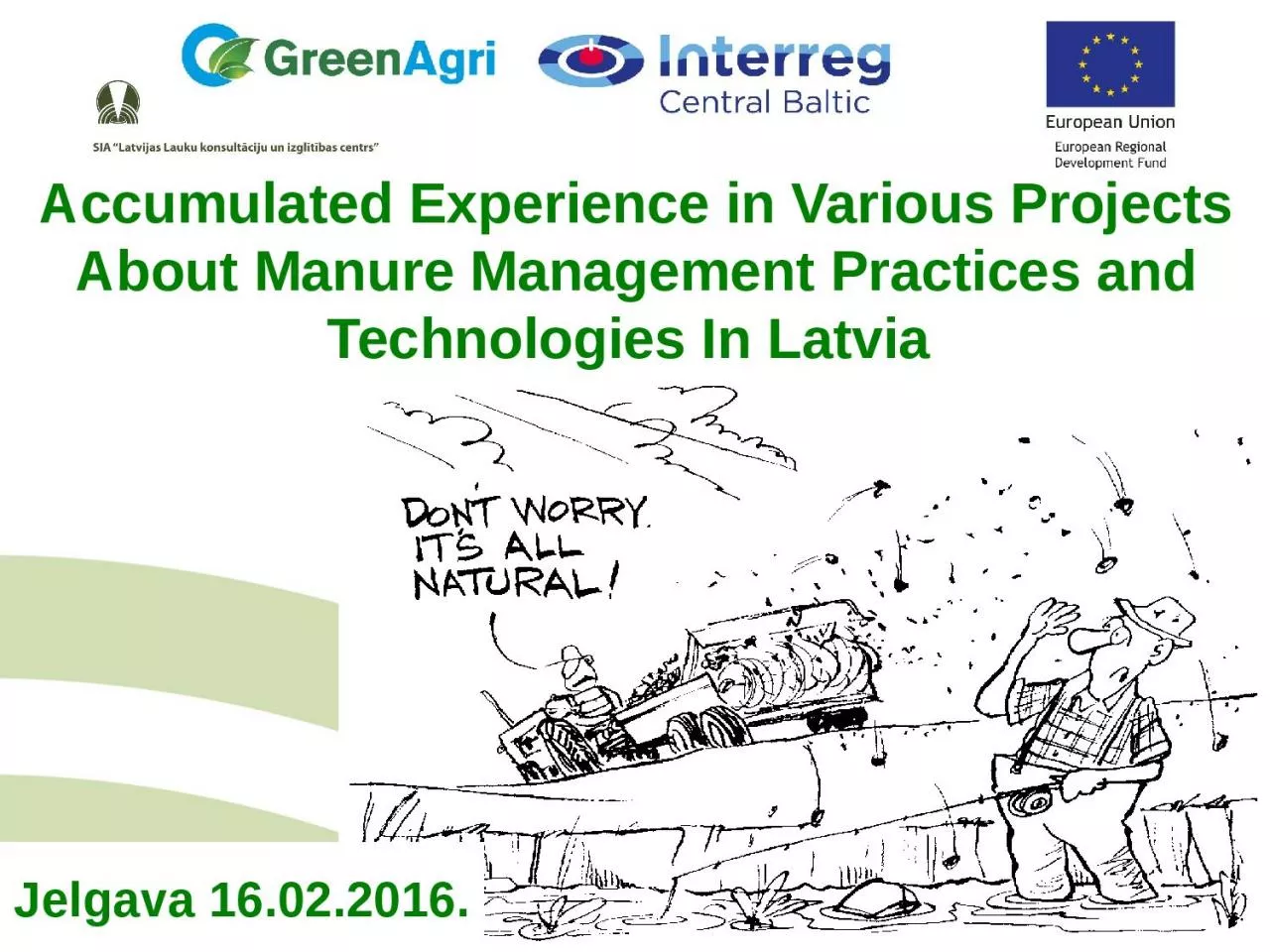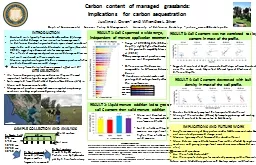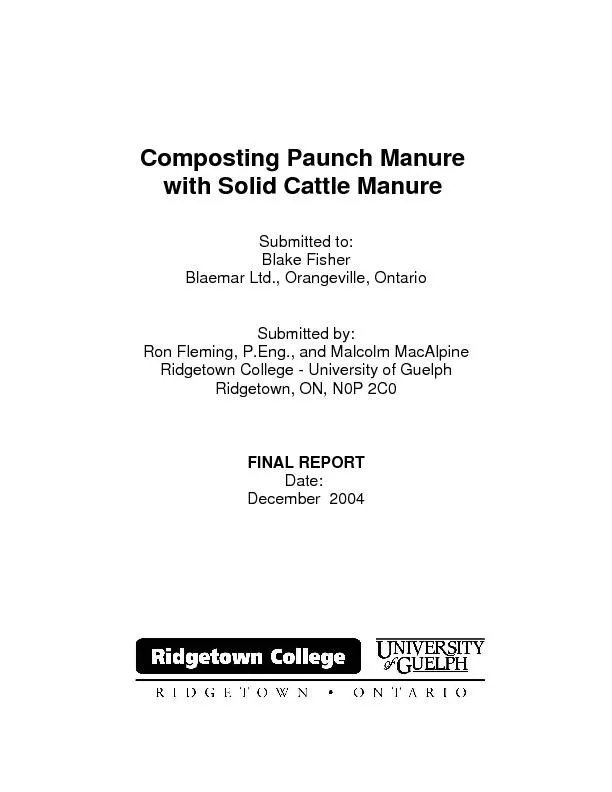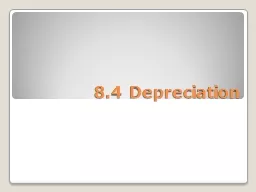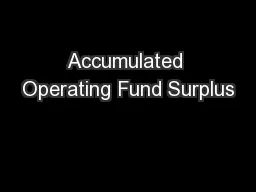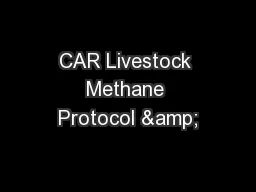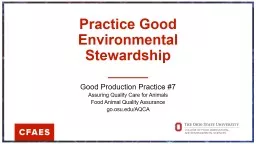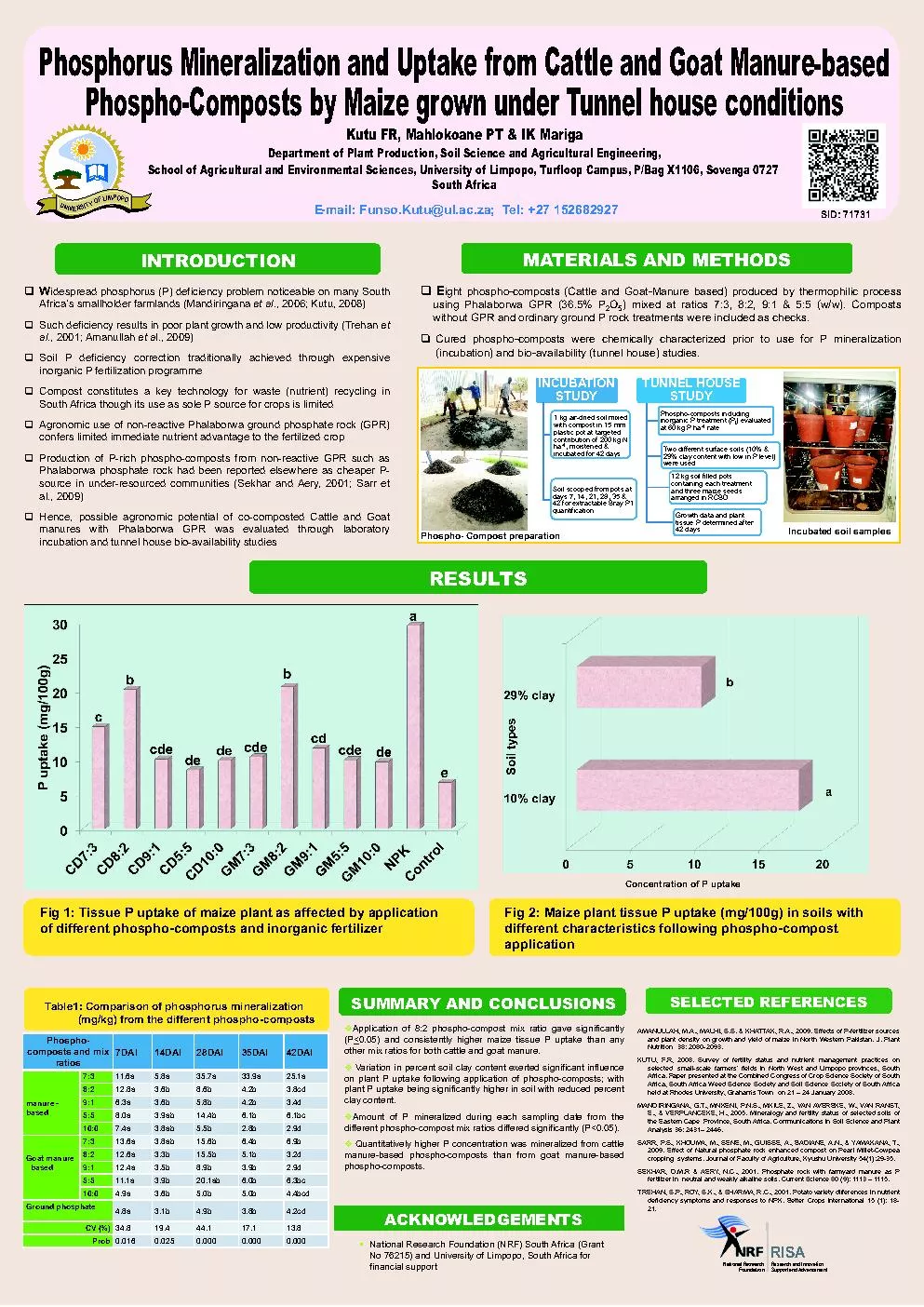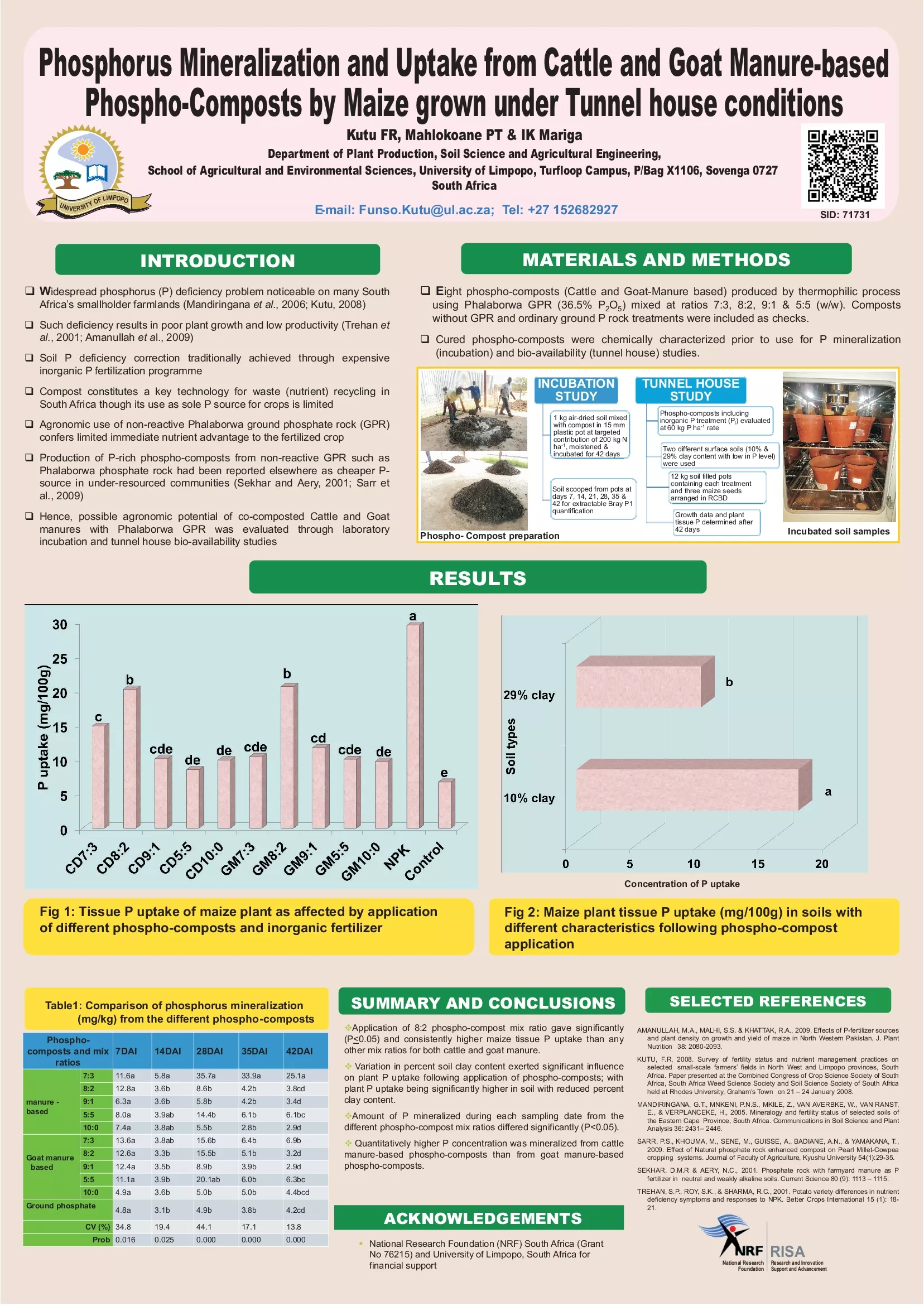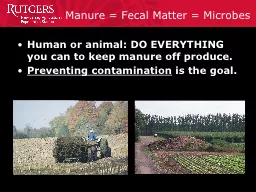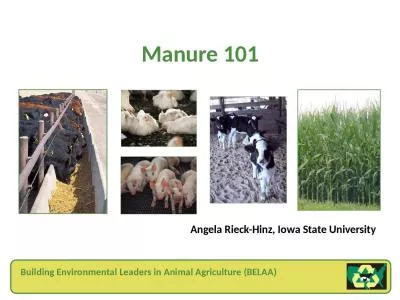PPT-Accumulated Experience in Various Projects About Manure Management Practices and Technologies
Author : victoria | Published Date : 2023-08-31
Jelgava 16022016 The REAL BaltiC Sea the result eutrophication The problem pollution N and P runoff to Baltic Sea Algae in full
Presentation Embed Code
Download Presentation
Download Presentation The PPT/PDF document "Accumulated Experience in Various Projec..." is the property of its rightful owner. Permission is granted to download and print the materials on this website for personal, non-commercial use only, and to display it on your personal computer provided you do not modify the materials and that you retain all copyright notices contained in the materials. By downloading content from our website, you accept the terms of this agreement.
Accumulated Experience in Various Projects About Manure Management Practices and Technologies: Transcript
Download Rules Of Document
"Accumulated Experience in Various Projects About Manure Management Practices and Technologies"The content belongs to its owner. You may download and print it for personal use, without modification, and keep all copyright notices. By downloading, you agree to these terms.
Related Documents

